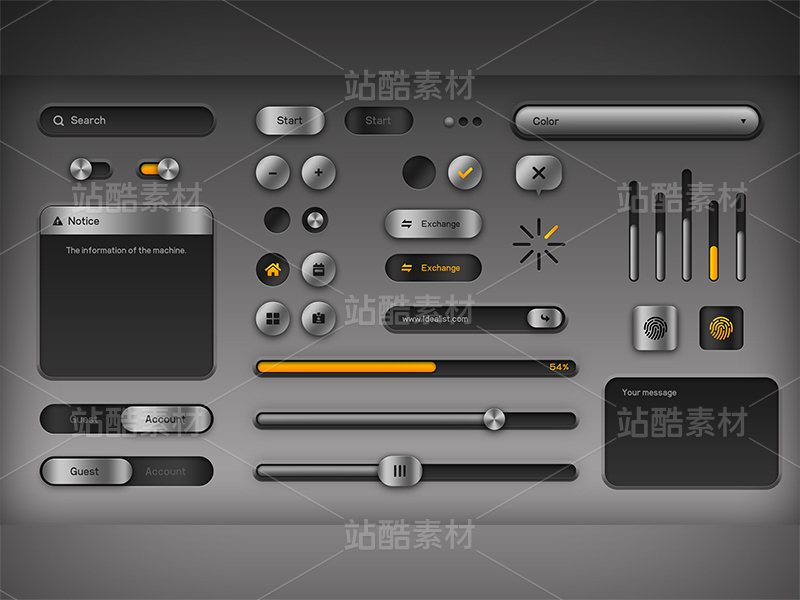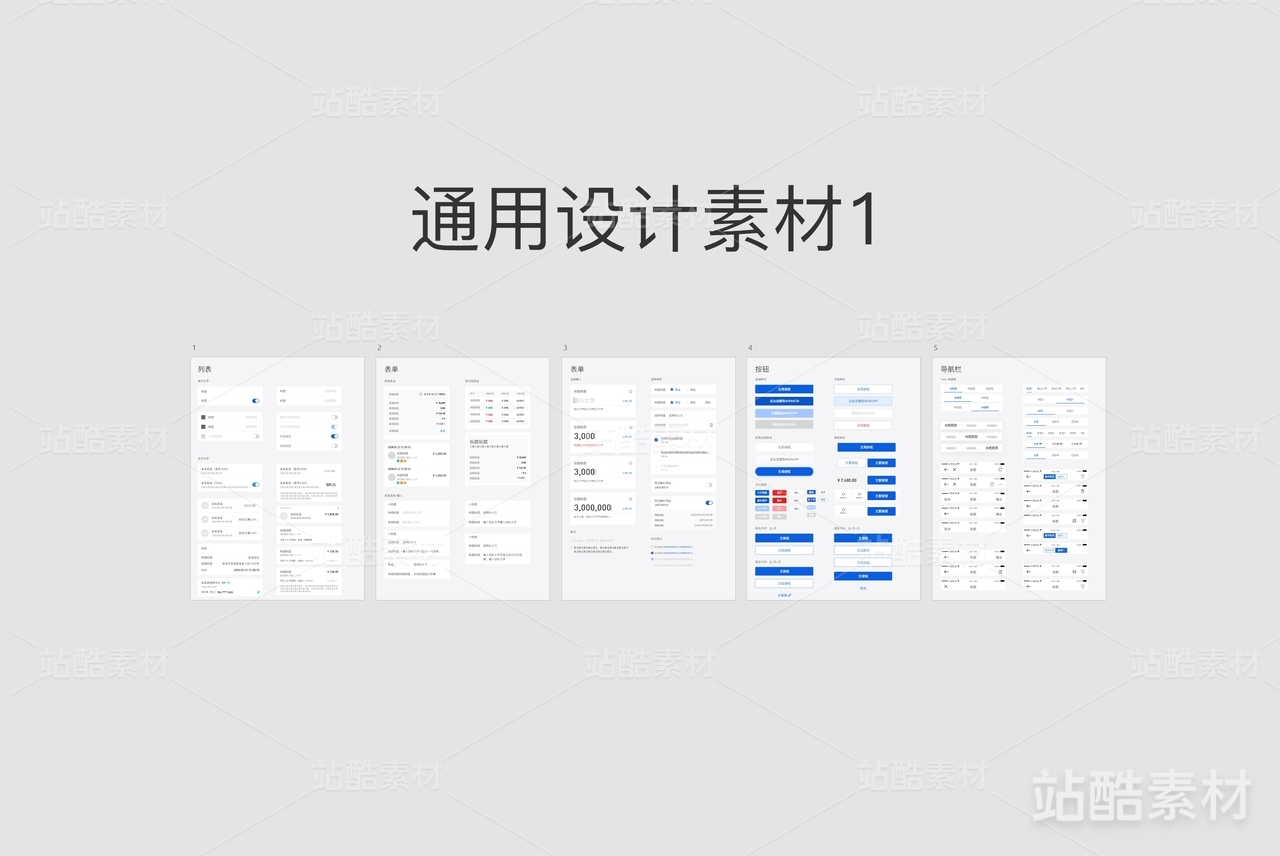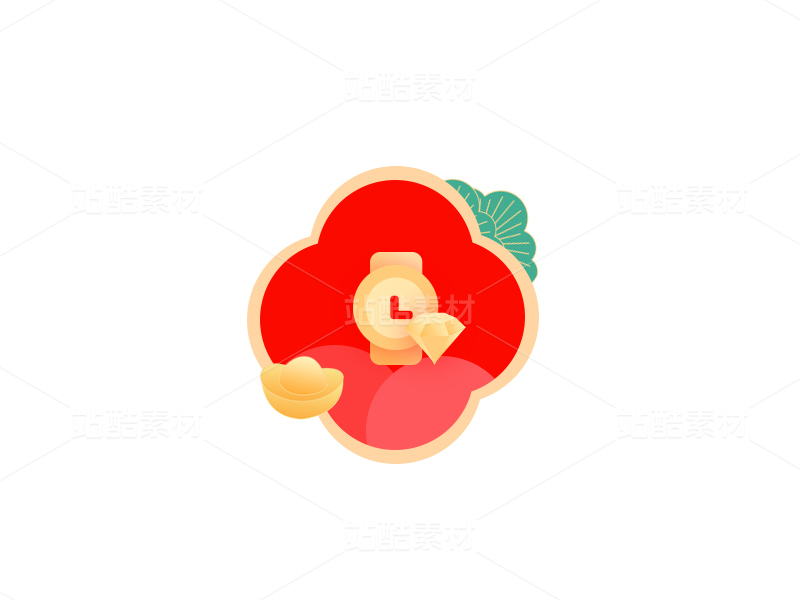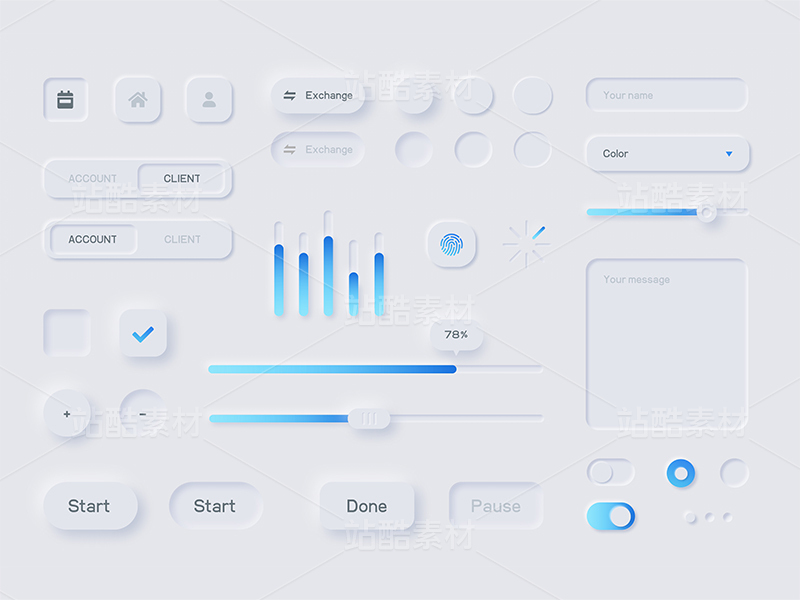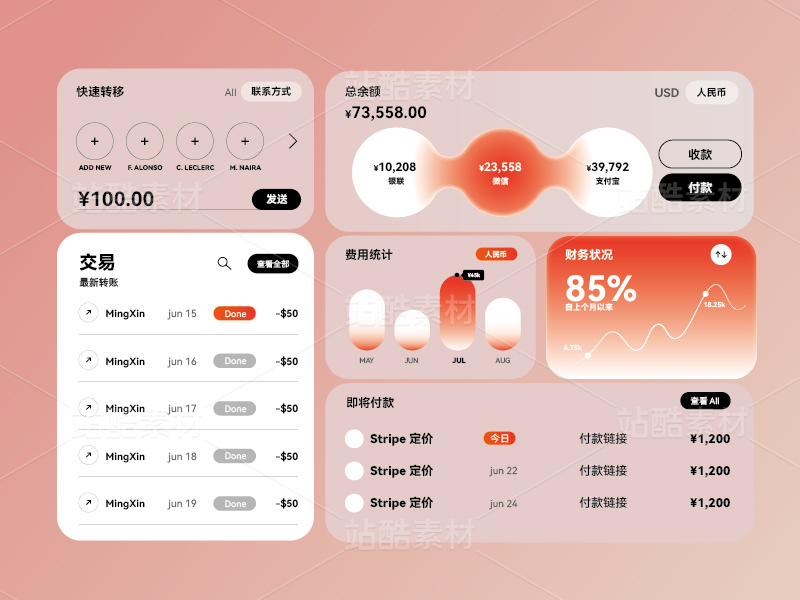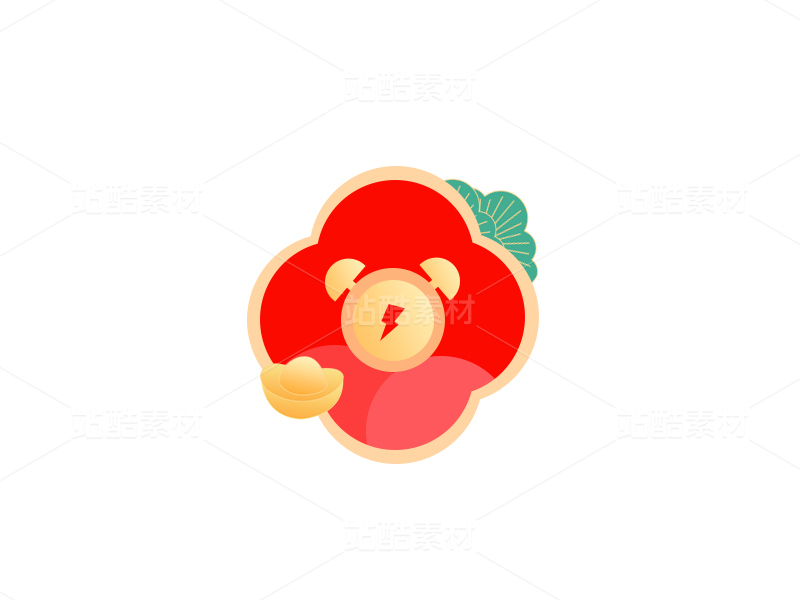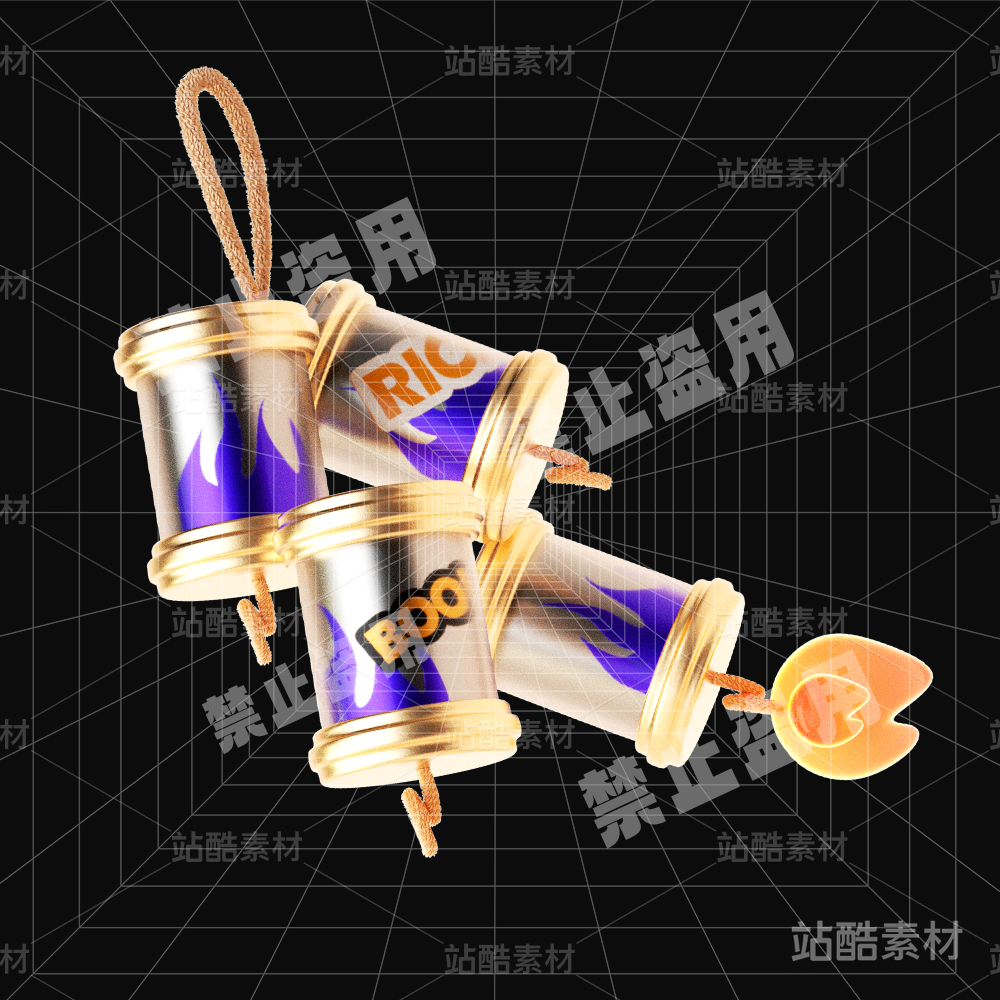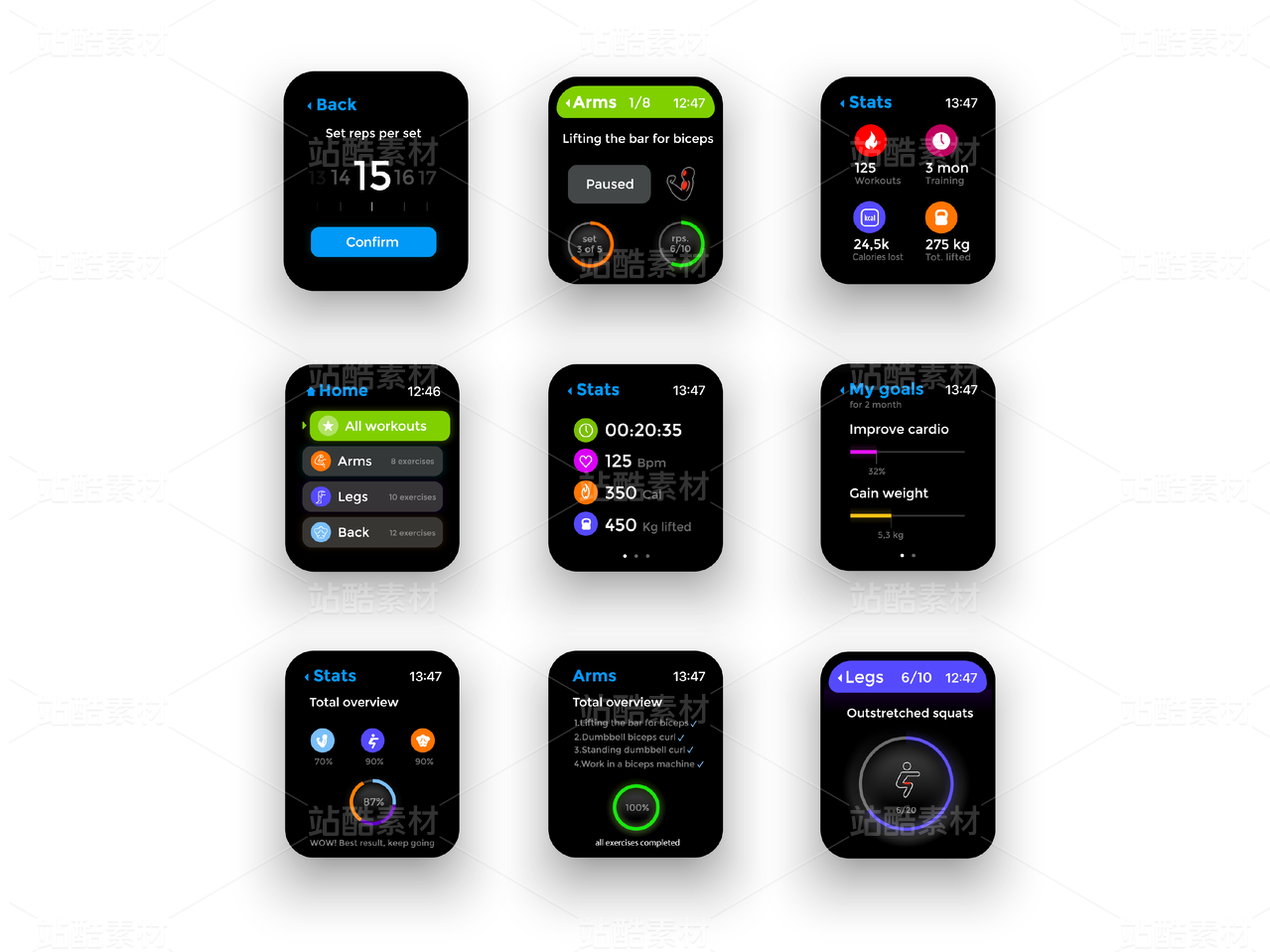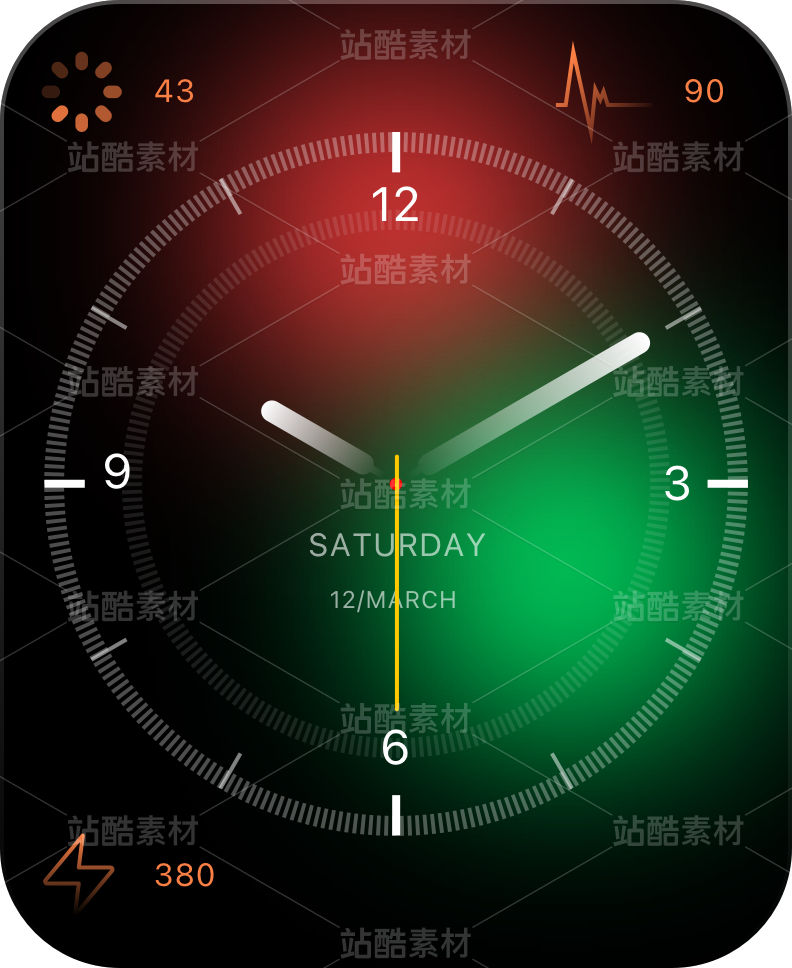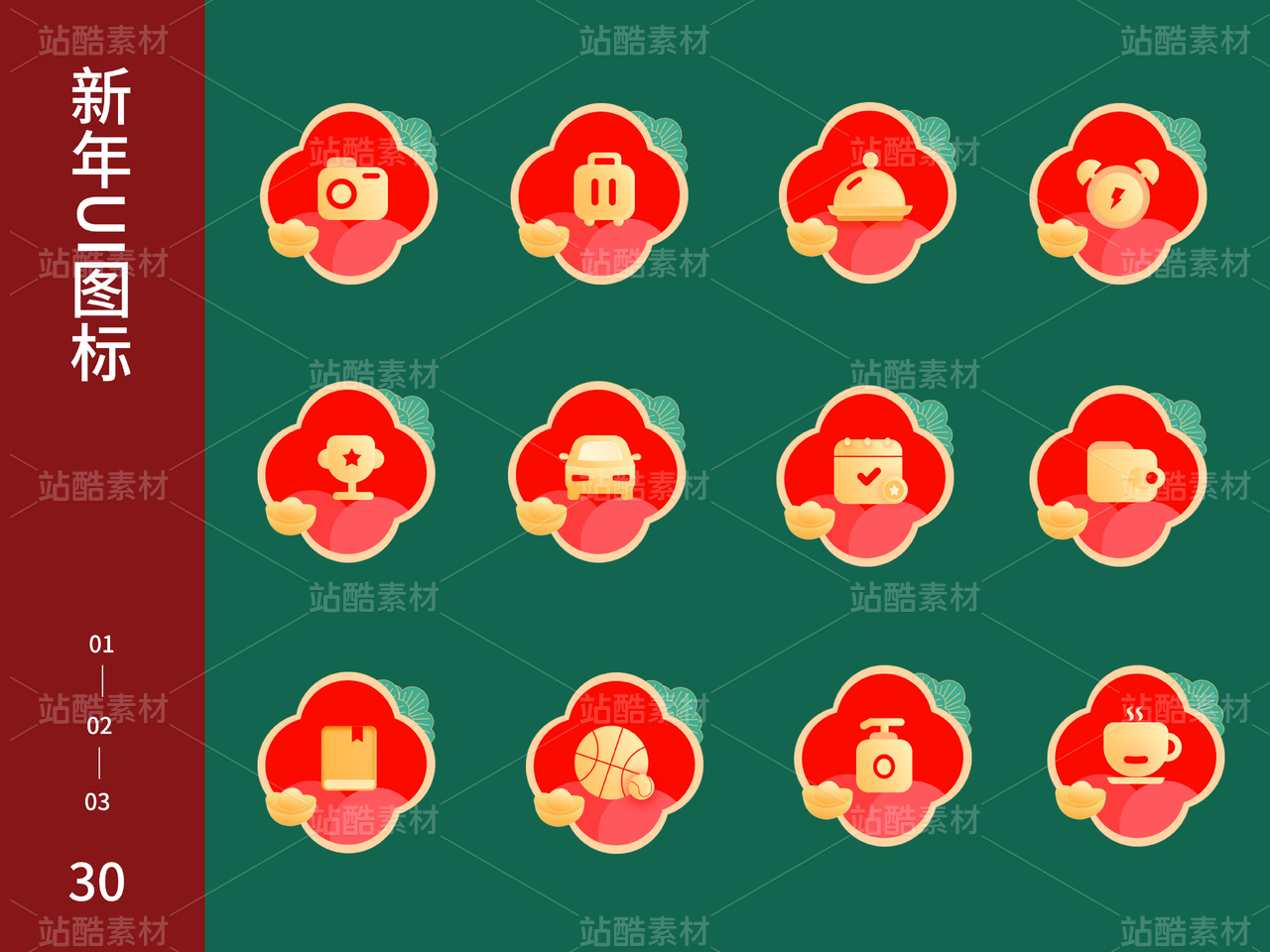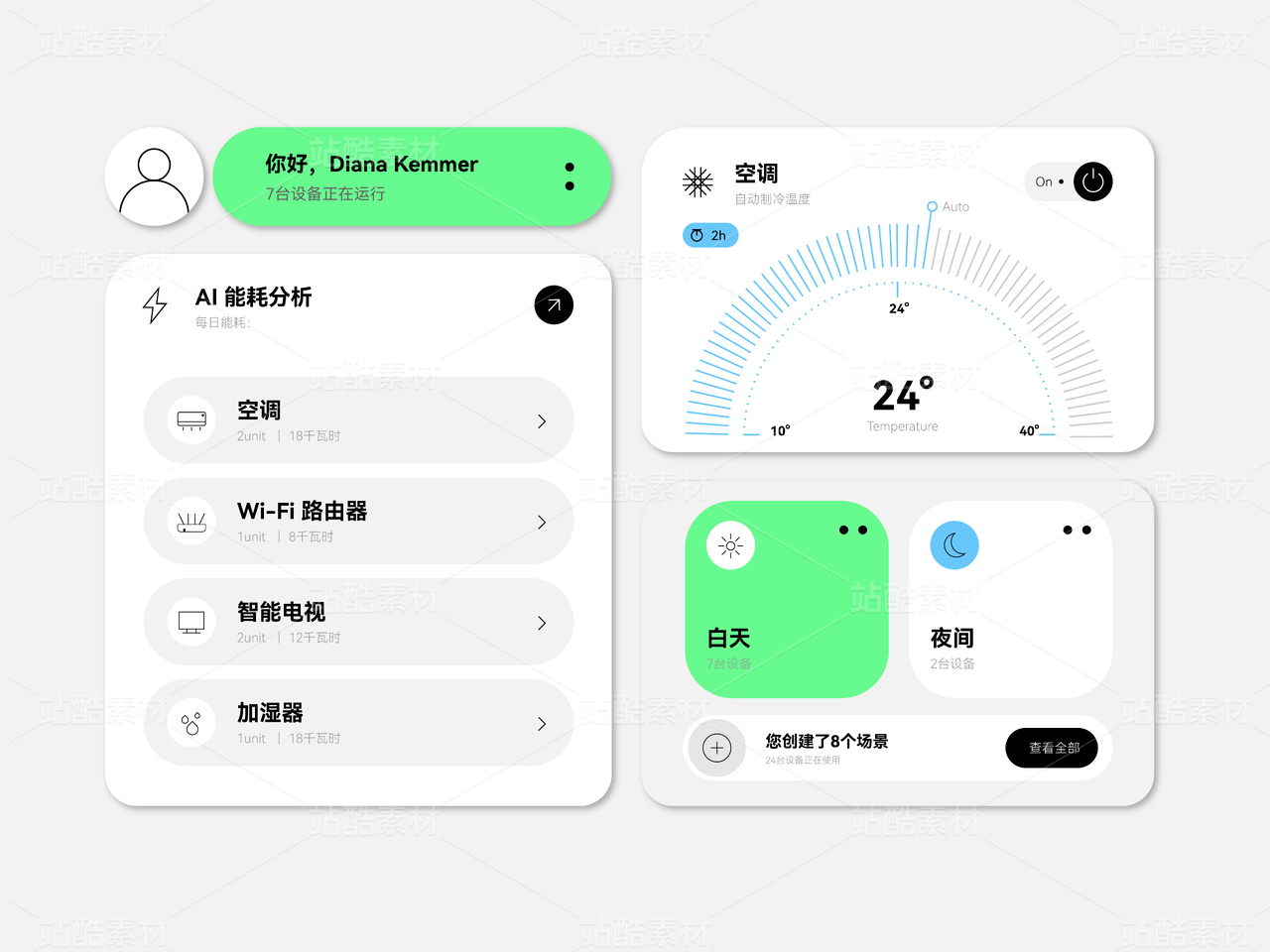序号1-旅游App-雏型概念建立-概念分化-确立方向-背景调查-用户研究-原型产生-评估反思
该项目旨在确定旅游业对当地社区造成的不利影响方面的问题空间,并提供解决问题的可能办法。
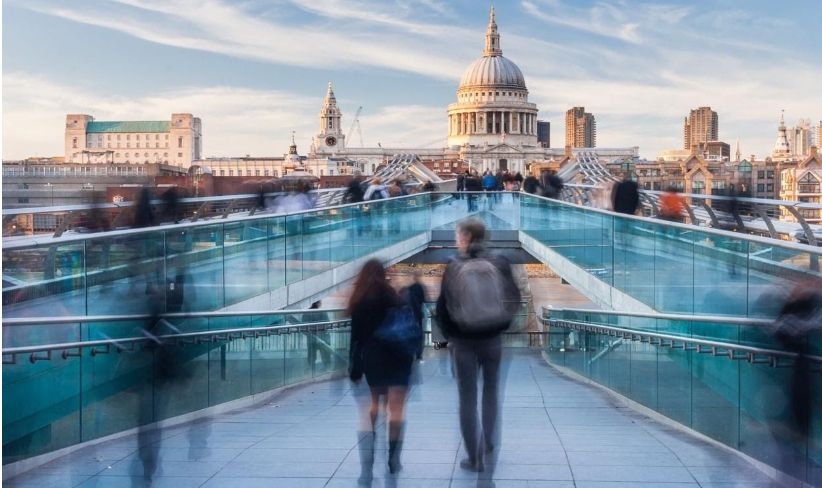
Overview
Feedback on the Previous Report
Background
Part 1: Problem Space Overview & Focus
1.1 Resource consumption
1.2 Environmental impact
Impacts due to tourist’s behaviour
Impacts due to the development of tourism-related industries
1.3 Project focus
Part 2: Main Reasons that Contribute to Disrespectful Behaviour
2.1 Social media
2.2 Place Attachment
Part 3: In-depth research of defined initial solutions
3.1 Reducing social media’s persuasive power
Social media’s persuasion relies on messages
How persuasive power works on people
The use of persuasive power in common social media applications
Award system research
3.2 Enhancing place attachment
Literature study of strategies that enhance place attachment
Interview with target audience in terms of place attachment
Part 4: Prototype Testing Evaluation & Insights
Part 5: Background Research Summary, Direction & Solutions
Conceptual model
Problem Definition
The implementation of technology
High-level description
Stakeholders & Personas
Tourists
Who wants to know what travel destination’s activities are suitable for them.
Who like to share their travel experience online.
Who wants to support green tourism.
Who wants to know how to behave properly in the travel destination.
People who use social media frequently and make travel plans as a guide
Tourism organizations and local volunteers
Local community
Questions/areas of investigation
Q1. What types of gifts are commonly accepted by tourists?
Q2. What is sustainable behaviour in this domain?
Q3. The third type of stakeholders (Tourism organizations and local volunteers)’s requirements and needs
Prototypes/sketches/studies
Interaction
Reference
1 Overview
The project aims to identify the problem space regarding the disadvantages the tourism have influenced the local community and deliver the possible solutions to address the challenge. The motivation of the project is to discover a suitable approach that can eliminate the negative factors that cause the potential threats to the neighbourhood due to tourism, which can be beneficial for the tourist attractions.
The problem space that our team has selected is the negative impacts the tourism industry has brought to the local community in terms of the heritage property deterioration, the resources abuse and the environmental pollution.
Approximately one billion tourists arrive in the world every year, which puts a significant pressure on the natural resources through over-consumption and gradually destroys the environment ("Number of tourist Arrivals," 2020).
Furthermore, according to ICOMOS, the endangered world heritages were increasing by year and the frequent causes were social and cultural changes around the property and the lack of properly trained personnel resulting in the loss of integrity ("World Heritage in Danger," 2009).
Based on the papers, it clearly noted the negative influence of the tourism industry as it poses a heavy burden on the environment as well as the reservation of heritage property and the necessity of improving the current circumstances. The project points out the key factors that contribute to the negative results of tourism, thus, the team can develop the appropriate solution to better address the problem accordingly.
The proposal will first identify the problem space and its key aspects that need to be focused in this project, and then introduce our potential solutions as a guide and outline of the project to overcome the problem we have defined in comprehensive aspects. Moreover, forming a concept based on the solutions, and iterate it through a prototype testing to better understand our target audience and to improve the potential solutions. Also, identifying the questions and areas that might need to go deeper in the domain. Then, a team plan is updated based on the feedback. Finally, a team reflection is given at the end of the report which summarizes the direction, goals, and process of the project.
2 Feedback on the Previous Report
In this final iteration, based on the feedback of the previous proposal and presentation, a number of things were adjusted and improved. They mainly focused on in-depth research of the background, personas, and prototype explanation.
Firstly, tutors suggested that the research of social media’s persuasion in the background needed to go deeper. The reason for that is we only simply analysed why it exists in the Internet and how to address it; however, we did not mention key aspects that relate to social media itself in this domain. For example, why people could feel persuasion in social media, especially for common social media applications such as Facebook and Twitter. Also, the analysis of strategies used by social media applications to enhance or reduce persuasion. So, in this proposal, they were deeply researched in order to obtain extra insights in this domain, and to further improve the solution and the concept.
Moreover, in the previous proposal, the idea of an award system which aims to motivate users to behave properly was proposed. However, the explanation and related background research were not strong enough to support this idea, and a number of key information were missed. For example, what type of award systems is suitable in our domain, what is the best way to implement it in our solution, and why it is a necessary feature in our domain. So, based on these questions, further literature research about this feature was conducted in this proposal, and a number of important insights were obtained, which were amply described in the next section.
Thirdly, persona was another part we needed to mainly improve in this proposal. It was actually added in the previous report based on the feedback of the first iteration, which aims to explore how stakeholders are involved in this project, how they interact with the potential solutions, and additional requirements and needs from the stakeholders. However, these goals were failed to be achieved because the personas we created in the previous report were not typical enough as stakeholders, and the explanation of how they relate to the solution/concept was not detailed enough. So, we could not get important insights from these personas. Based on the feedback, they should be linked back to the resources we obtained in the background research, and add more detail to make them more representative in this domain. More detail can be found in the stakeholder section.
Prototype was the last part needed to be improved in this report. Based on the feedback from tutors, the description and explanation of the prototype lacked detail, and we only simply described the prototype by showing related pictures, which failed to communicate how the insights we got from the research and the solution relate to the prototype. It presented like an individual section in the report rather than as a whole part. So, in this proposal, it was improved by adding more detail into it. For example, why the interface of the prototype was created in that way, how each feature links back to the background research, and the interaction plan of each feature. The improved prototype description can be found in the prototype section.
3 Background
A background research of the impacts of tourism on the local community in terms of environment and local resources will be conducted in this section. The questions identified in the previous report will be answered, and they will be combined with the research we conducted before, which is an extension and a deeper view of the problem space. Then, updated potential solutions will be given as an outline and guide of this project.
Part 1: Problem Space Overview & Focus
With the development of tourism and economy, the number of tourists is gradually increasing.
Our World in Data (2019) reports that the total number of international tourists was 682 million in 2000, and it reached 1.4 billion in 2018.
Although it brings tourist cities with both huge profits and prestige, it also causes serious problems. For instance, population and resource pressure. Based on Milano’s research in 2018, there were 30 million overnight tourists in Barcelona in 2017; however, the resident population is only 1.6 million. A large number of resources such as water were consumed by tourists. Moreover, extra infrastructure needs to be built in order to meet the incremental demand. Besides, the local environment and culture are also negatively affected by the development of tourism.
These problems have made the local residents dissatisfied because their lifestyles, costs of living, and general well-being have been changed, which cause the increase of protests and movements as well as the formation of organizations such as the Network of Southern European Cities against tourism (SET) (Milano, 2018).
Although Cheer (2019) states that there are a number of strategies to alleviate the conflicts such as reducing the visitation by a decrease in reservations or an increase in admission price, these strategies are unfair to tourists, and it might cause a more serious conflict between them and the local community.
The current approaches to solve these problems are oversimplified, and a more efficient and widely accepted way is needed to address them. Before forming the potential solutions, it is necessary to deeply analyse how the local community is affected in terms of environment and resource in order to identify key aspects that should be focused in this domain. There are two major impacts, which are briefly introduced below:
1.1 Resource consumption
With the growth of the tourists, the destinations of the tourism are experiencing unprecedented challenges than ever before. Specifically, the tourism destinations’ resources and cultures are included. Firstly, the resources of some destinations are consumed by the tourists at an extremely high level. The World Counts takes a golf course in a tropical country as an example, a golf course would be constructed with the growth of the tourists, the water consumption is as much as almost 60,000 rural villagers. Furthermore, the land resources would be damaged as well. There are over 1500 kilos of chemical fertilizers, pesticides and herbicides added every year, which significantly enhances the contaminate for local land resources.
1.2 Environmental impacts
Impacts due to tourist’s behaviour
Tourist’s disrespectful behaviour have already affected both the natural environment and the local community stability. Take Byron Bay for example, the number of residents who complain about the disrespectful behaviour of tourists is increasing.
‘They call Byron like a really nice town, but ... there is rubbish and stuff everywhere’ an age-14-boy said (Milano et al., 2019).
‘Escape the noise, traffic congestion, and violence associated with alcohol abuse’ a local resident who leaves Byron Bay at every peak tourist time said (McLeod, Nolan, & Bartholomew, 2008).
It creates an uneasy feeling among all residents, and they are losing the sense of belonging and place because of the tourist’s disrespectful behaviours. Although some of them might choose to move to other places in order to escape from the chaos, it might cause tensions and conflicts between the tourists and the rest residents. On the other hand, the natural environment including the historic sites and wildlife might also be affected by improper behaviour. For instance, LEWIS (2017) reports that a baby dolphin had died in Spain because visitors tried to touch it and take selfies with it. Also, in 2018, two young tourists were arrested in Thailand as they spray-painted graffiti on a historic brick wall (Thaiger, 2018). Similar things happened in a large number of tourism cities. Therefore, it is necessary to take actions to avoid those things from happening.
Impacts due to the development of tourism-related industries
The blooming tourism industry has led to a positive growth in the accommodation industry.
There is a growing number of accommodations built close to or on the tourist sites in order to attract more tourists, however, it may pose a heavy burden to the natural environment such as energy waste and CO2 emissions (Essays, 2018).
On the other hand, the development of transportation also has a strong connection to tourism (Rodrigue, 2020).
For example, new facilities such as roads are constructed to match the growth of tourism. Although efficient transportation benefits the tourists, it might potentially damage the environment.
According to Sorupia (2005), air transport and road traffic are the main sources for the emission of greenhouse gas. The average energy consumed (the burning of fossil fuels) for a trip is 3.575 MJ which is the same as releasing 250 kg of CO2, and the number would increase by 100% in 2050. So, the development of tourism-related industries affects the local environment.
1.3 Project focus
The brief introduction of these aspects reveals that they have negatively impacted on the local community in terms of resource and environment. Although it is important to solve these problems, some of them are hard to be solved through design computing.
For example, for the first and third impacts, they might involve policy-making, new energy development, and cooperation between government and tourism-related industries (Sorupia, 2005).
Moreover, their positive effects might appear after a long period of time. So, it is inefficient to focus on these two impacts in this project.
The second impact, the influence of tourist’s improper behaviour on the local community, will be focused since its effects are more direct, obvious, and broad. Moreover, it damages not only the relationship between the residents and tourists, but also the natural environment including the wildlife. Therefore, the alleviation of it takes priority over the other two impacts. The following part in this section will focus on the research of the tourist’s disrespectful behaviour through literature study and interviews. Then, forming insights for the potential solutions.
Part 2: Main Reasons that Contribute to Disrespectful Behaviour
Based on the research, we found out that it is caused by two main reasons, which are social media and place attachment.
2.1 Social media
Social media have changed the development of tourism, and it is one of the keys that contributes to the emerging tourist numbers.
Based on Gretzel’s report (2019), social media breaks the limits of space and time so that tourists are able to share their experience as blogs, photographs, or videos online, and they can inspire more potential travellers.
Research has indicated that 52% of Facebook users’ travel plans are inspired by their friends’ posts ("How Social Media and Mobile Technology Impact Travel," 2017).
Social media can also indirectly affect the tourist’s behaviour. Specifically, the understanding of a place is formed when they are viewing the online blogs, photographs, and videos. For instance, they might think the places showing in the video are the iconic and must-see destinations, and what they have experienced also should be on their “must-do” lists. There is an interesting case on Rottnest Island in Western Australia. The Quokka selfies (Figure 1.1) posted on social media such as Facebook and Instagram caused a significant increase in tourist visitation, as they all came here for the purpose of taking selfies with the Quokka.
Now, it has become a phenomenon on this island (Butler et al., 2019).
The use of social media can also be used to explain the example that the baby dolphin died in Spain which is mentioned in the previous part. The tourists tried to touch it as other people in the social media did; however, the results were different. The real-life incidents and events show that social media might lead to the improper tourists’ behaviour, and sometimes they are not able to identify whether it is harmful to the environment, wildlife, and community.
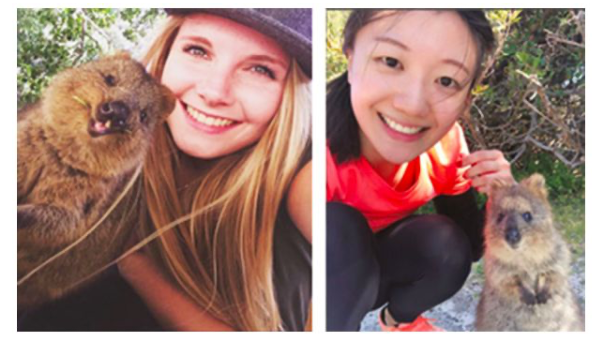
Figure 1.1 The Quokka Selfies. Adapted from “The role of social media in creating and addressing overtourism” by Gretzel, U., 2019, De Gruyter Studies in Tourism, p. 65.
Gretzel (2019) also points out that the persuasive power of social media encourages and facilitates tourists to produce and share lots of extensive and personalized photographs and videos.
The most common way is to get a picture of themselves with buildings, sculptures, animals, or even food. However, these things they see or experience during travel are not enough to get other people’s attention on social media because everyone else can also do the same thing. Thus, in order to make them shareworthy, they need to be unique and interesting enough, such as taking selfies with funny poses or interesting expressions on their face. However, some tourists might take drastic or extraordinary ways such as climbing heritage monuments or rocks so that tourists are able to take unique selfies or, as mentioned before, spray-painting graffiti on walls to prove they had been there. Their behaviours damage the environment and heritage properties beyond redemption. Linking back to the previous part, the disrespectful behaviours may be imitated by a large portion of tourists, which pose serious challenges to the natural environment and local community.

Figure 1.2 A cycle of social media.
As figure 1.2 indicates, it is more clear to understand how the social media affects tourists’ behaviour as a graph. It shows that social media affects both tourists and people who want to travel. Also, the improper behaviour would not be stopped under the control of the persuasive power of the social media. It means, in order to make the posts (videos and/or photographs) more unique, interesting, and shareworthy, the improper behaviour is continuing to happen. Then, people who make travel plans via social media might be affected by those posts, and they might behave as those travellers. Therefore, in terms of social media, the key to solve the problem (initial solution) is to reduce the persuasive power of social media and to increase awareness of local environment and community protection, which eventually contribute to the reduction of improper behaviours.
2.2 Place Attachment
Although social media can affect tourists’ behaviour, it is unable to explain some behaviours such as throwing rubbish everywhere as mentioned above. They might explain ‘... because there is no rubbish bin’, ‘everyone here just did it’, or ‘there are no people around here’ rather than ‘I saw it on Instagram’.
Actually, based on Li’s report (2014), place attachment is associated with this kind of behaviour.
It is defined as ‘a potential concept that may be used to influence behaviour by capitalising on an individual's willingness to protect important and meaningful places’ (Ramkissoon, Graham Smith, & Weiler, 2013).
It means the behaviour of a tourist with a high level of place attachment is more environmentally-friendly, such as picking up trash in a park; however, the tourist with low level of place attachment might not care about the environment around him/her. So, disrespectful behaviours might happen. For example, the tourist threw rubbish on the beach because there were no rubbish bins around him. It is also proved by Halpenny (2010), who states that the place attachment and people’s pro-environmental behaviours are significantly associated with each other. It is why some residents are willing to protect their local community as volunteers, because they love the place they are living in.
For the potential solution, as Li mentioned in her report, it is necessary to construct an emotional connection between tourists and the environment/community, and this emotional tie between them can increase the level of place attachment.


















